Pinnacle Arkose R1 review
The road-going spec of Pinnacle’s gravel bike is comfortable and handles stably
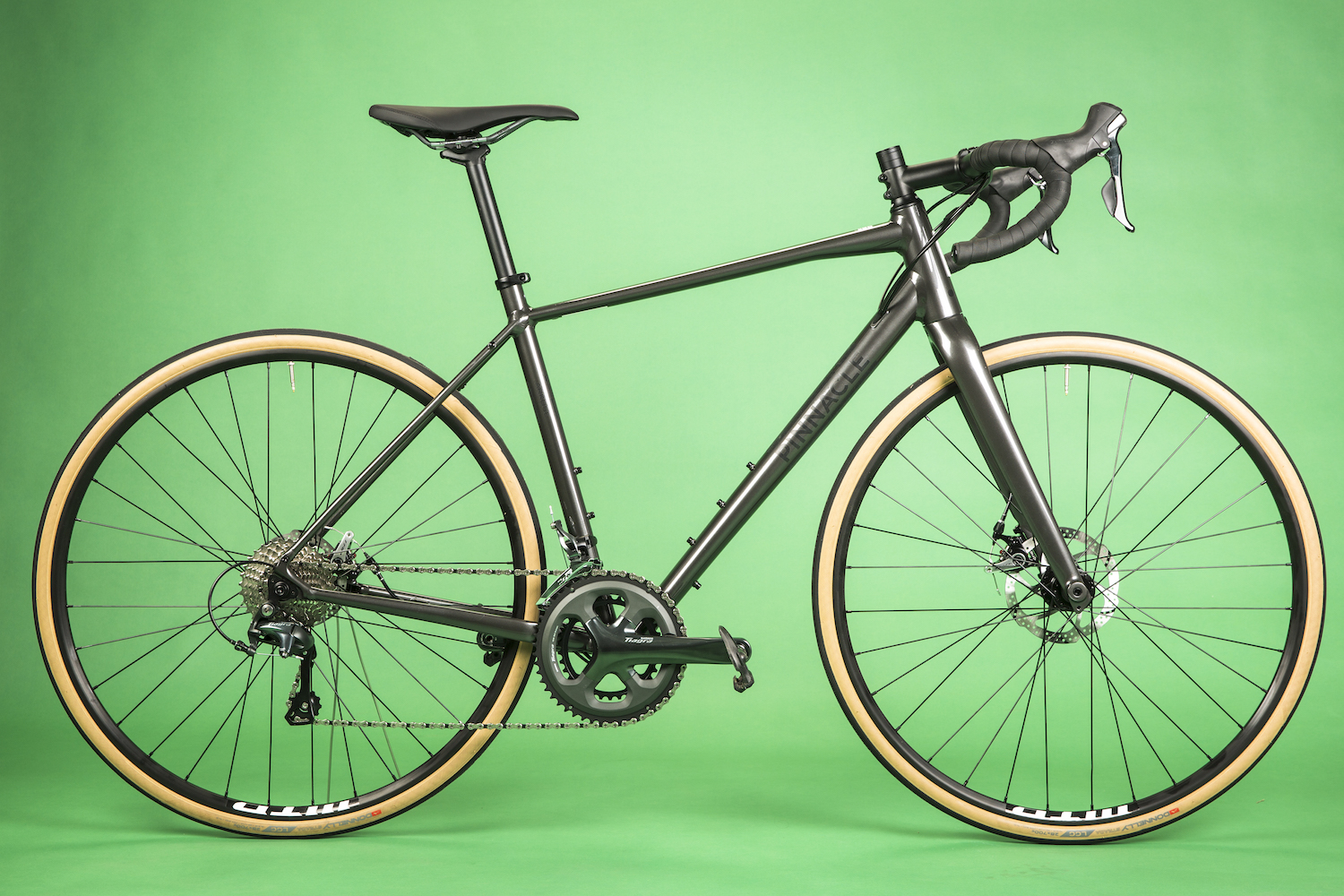
Pinnacle has successfully ported the Arkose frameset into a road going spec. The Pinnacle Arkose R1 is comfortable and handles well, although there’s a bit of spark missing that would pep up your rides
-
+
Stable geometry and compliant ride
-
+
Loads of clearance for wider tyres or guards
-
+
Plenty of gear range
-
+
Attractively sparse looking frameset
- +
-
-
Not as much vim as a more road-going frameset
You can trust Cycling Weekly.

The Pinnacle Arkose R1 is the road-going spec of the Arkose from Evans Cycles’s in-house brand.
Being kitted out for roadie use rather than gravel grinders, the Pinnacle Arkose R1 comes with skinnier 28mm tyres and more high gear range. There’s a women’s version of the Pinnacle Arkose R1 too, with a steeper top tube, tweaked geometry, smaller sizing and a wider saddle.
Buy now: Pinnacle Arkose 1 at Evans Cycles for £900
The Arkose has had a make-over for 2019, with new features to bring it in line with the latest thinking on disc brake gravel bikes. The frame is made of heat treated alloy, with the tubes having quite skinny profiles in comparison with machines like the Scott Speedster. That leads to quite a sparse look – the Pinnacle Arkose R1 could easily pass for a steel framed bike at first glance.
But there’s some nice tapering to the top tube and the down tube, the latter changing its oval profile between the head tube and the bottom bracket shell, to match the stresses at those two junctions.
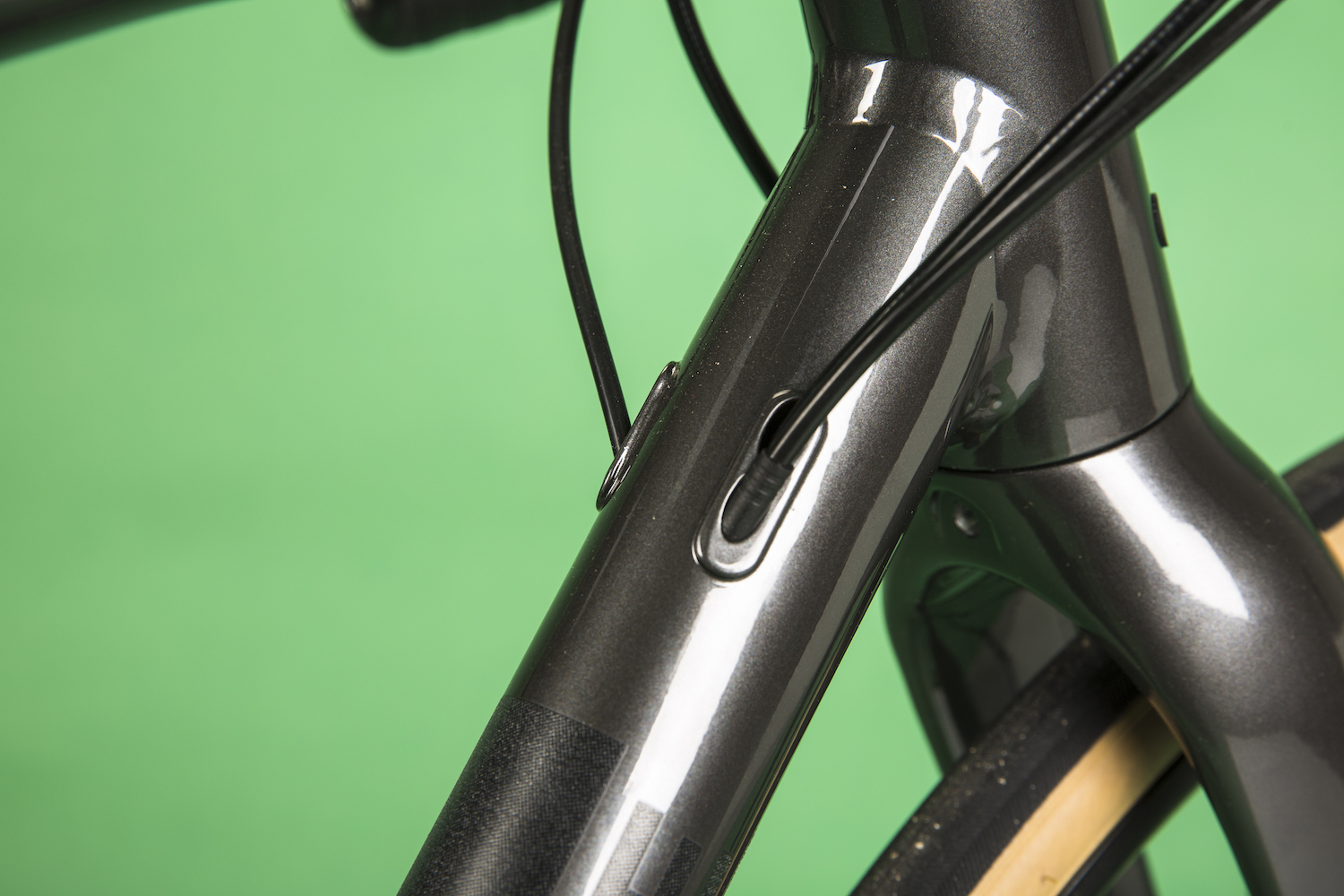
There’s internal cable routing and lots of mounts: rack/mudguard mounts at the rear and full mudguard mounts on the carbon fork legs. Inherited from its gravel roots, the Pinnacle Arkose R1 also has a third set of bottle bosses under the down tube.
That’s not all it gets from the gravel side though: there’s a stable geometry and loads of clearance. The frame has been designed to take 650b tyres up to 52mm or 45mm 700c, so the 28mm Donnelly road-going tyres fitted to the Pinnacle Arkose R1 look a little lost in all that space.
Pinnacle Arkose R1 spec
The wheels have WTB alloy rims, running on a Novatec rear hub and an unbranded front one. They use thru-axles, a feature now found on the majority of disc brake bikes, which lead to better rigidity and management of braking forces as well as more accurate placement of the brake rotor in the caliper when the wheel is removed and replaced, leading to less chance of rubbing.
Although Donnelly is a less known tyre brand, the Strada LGG 28mm tyres fitted are grippy enough, even when riding on wet roads after a dry spell. They have a rather coarse 60 TPI carcase and a single compound tread (more premium tyres will have 120 TPI and up and multiple compounds for better grip), but the tan sidewalls look really smart. They are not tubeless compatible, although WTB’s rims are.
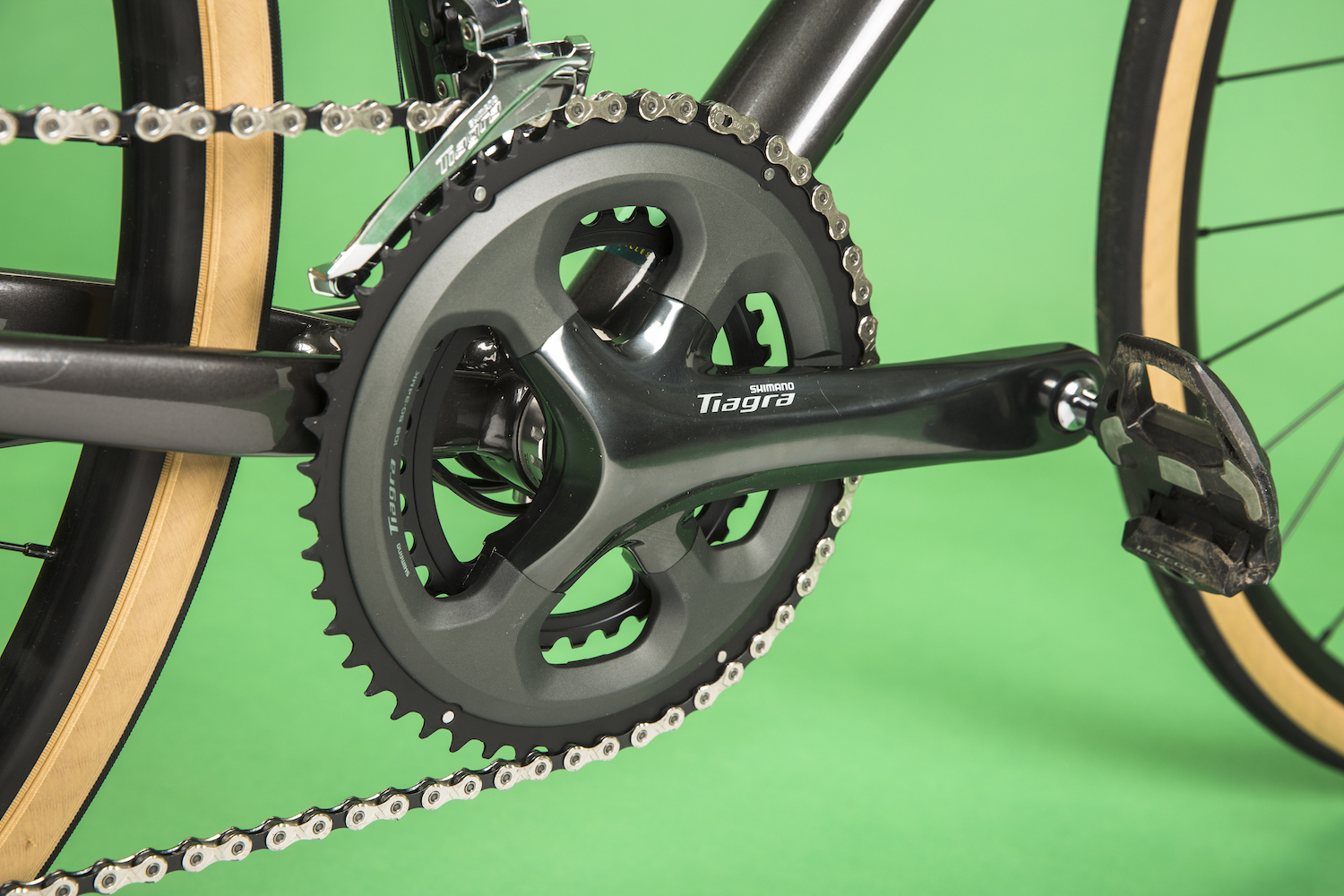
We really rate the shifting performance of Shimano Tiagra. For a more budget groupset, it’s not dramatically different from 105, except that you lose a gear ratio. Pinnacle’s choice of a compact chainset and 11-32 cassette means that you don’t lose out on range, even if that’s spread over 10 rather than 11 speeds.
The Tiagra series chainset is nice to see, rather than a swap out for a cheaper option. It’s a good looking piece, with the appearance of Shimano’s 11-speed equivalents. There’s an external threaded bottom bracket, which should put up with plenty of use and be easy to replace once worn too.
Mechanical disc brakes aren’t quite up to the stopping standard and don’t give you the same modulation and “feel” as hydraulic set-ups. That’s even more true of the TRP Spyre mechanical stoppers fitted to the Pinnacle than the Shimano mechanical option fitted to the Scott Speedster 20.
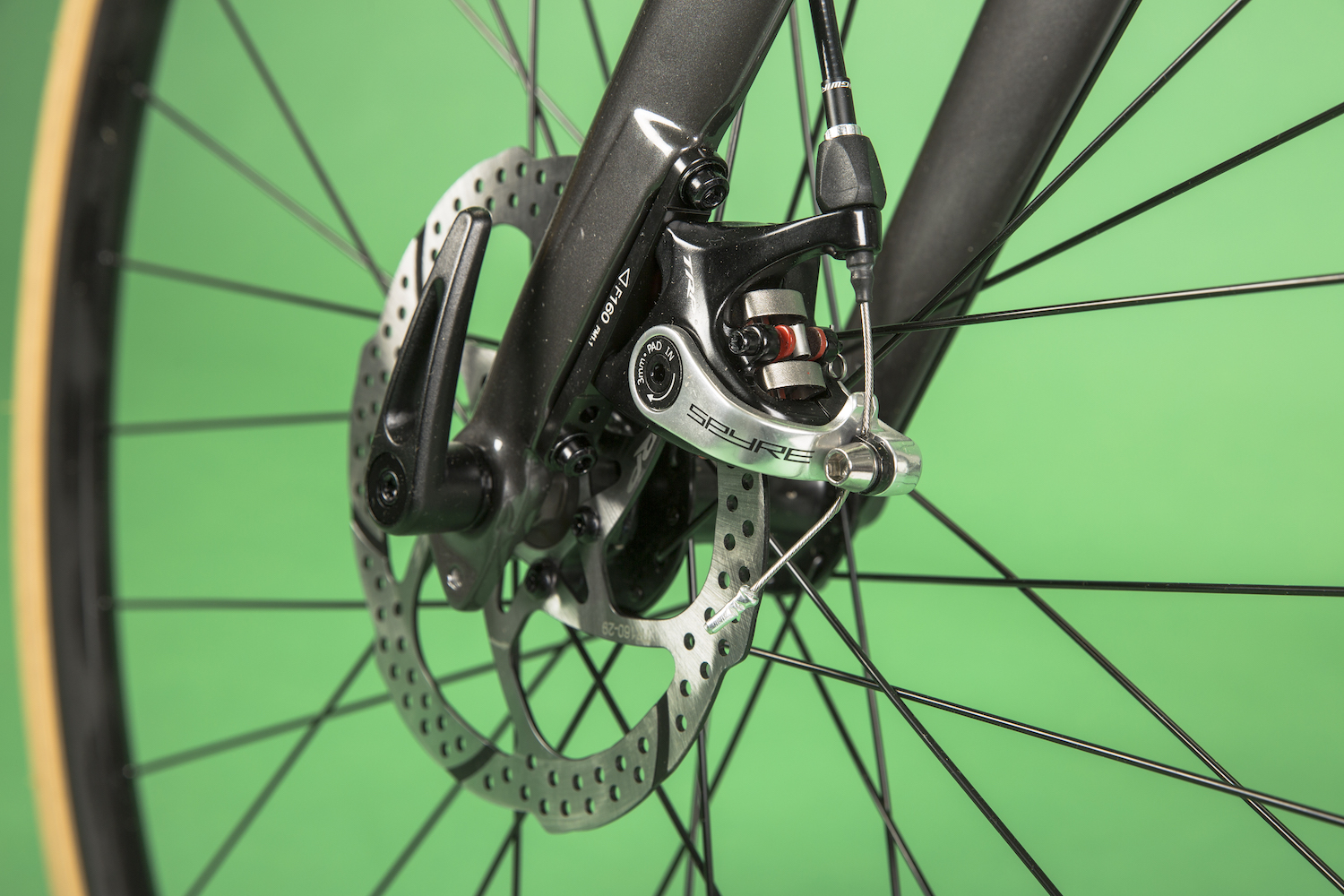
It’s possible that a change of pads or more bedding in would improve matters, but I approached downhills and stops gingerly on the Pinnacle Arkose R1. On the plus side, wet braking performance was the match of dry stopping power, a benefit you don’t get from rim brakes.
If you want hydraulic braking, the £1250 Pinnacle Arkose R2 gives you 105 hydraulics as well as other spec upgrades – and an 11th gear.
Riding the Pinnacle Arkose R1
You need confident handling in a gravel bike. That’s a characteristic that the Pinnacle Arkose R1 has inherited from its cousins.
Geometry-wise the Pinnacle Arkose R1 comes with quite a long effective top tube for its size. The wheelbase on the size medium bike tested is around 1040mm and the chainstays are 434mm on all sizes. Coupled to a 72 degree head angle, that leads to very stable point and ride handling, that’s good for long rides although not particularly inspiring to more spirited efforts.
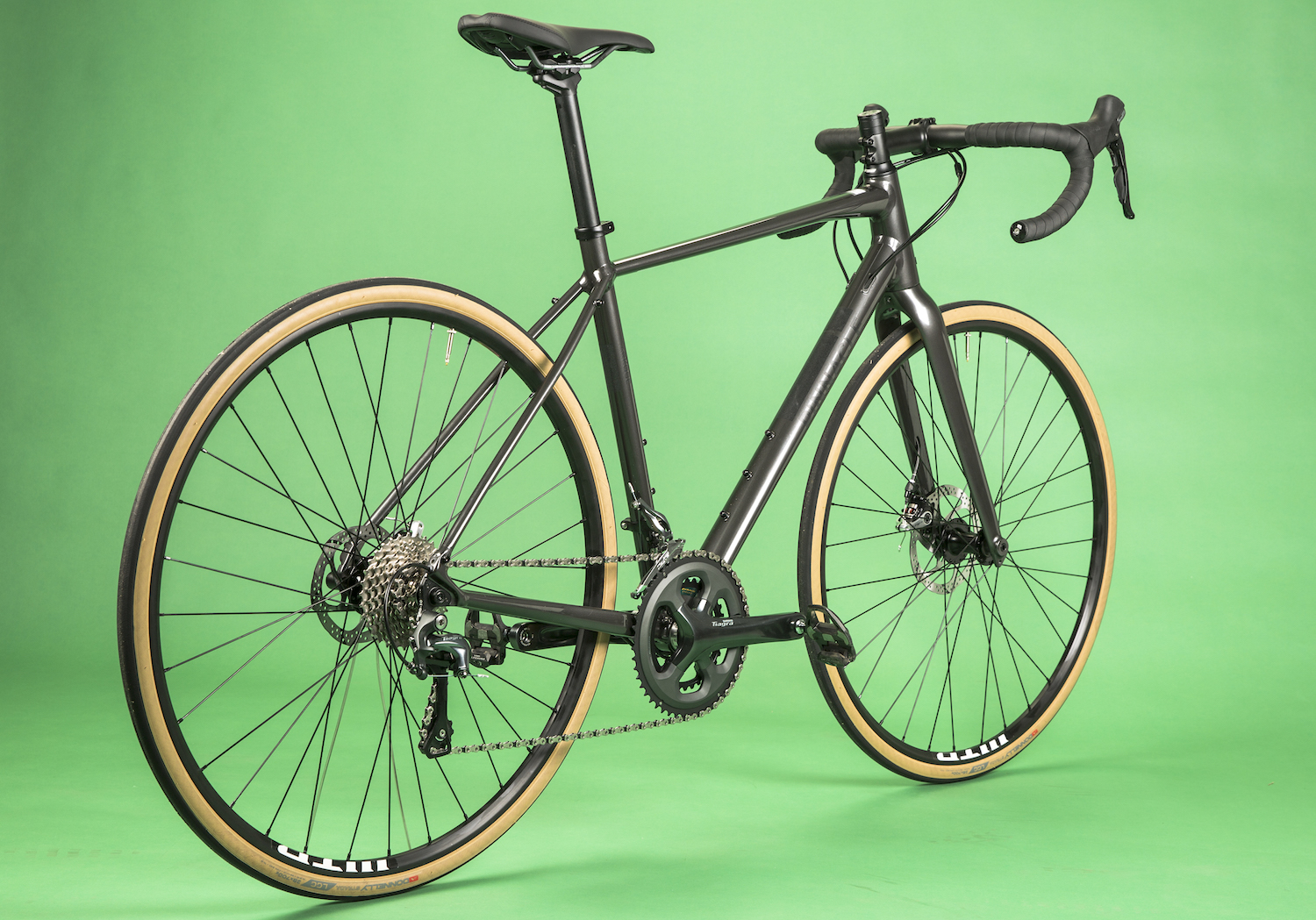
Gravel bikes also need to cushion you from bumpy surfaces. In part, that’s down to their wide tyres – with lots of air they can be run at low pressures and will roll over surface imperfections. The Pinnacle Arkose R1’s 28mm tyres do a good job of absorbing road buzz. But the bike’s frame also helps smooth the way, with a compliant ride that deals well with the usual array of potholes and debris.
>>> Best road bikes under £1000
The Pinnacle Arkose R1’s weight is pushing 10kg, making it towards the heavy end of the bikes we’ve tested at this price point. That leads to the bike being a bit of a drag to push up steeper hills, although the wide gear ratios help you out here.
Buy now: Pinnacle Arkose 1 at Evans Cycles for £900
Value
The Pinnacle Arkose R1 is a machine that is comfortable to ride over country roads and explore the incipient summer greenery, but would also serve well for commuting duties. And at £900, it’s good value and well within the Ride to Work £1000 limit, letting you buy a lock or other accessories like mudguards to prep for the ride to the office.

Thank you for reading 20 articles this month* Join now for unlimited access
Enjoy your first month for just £1 / $1 / €1
*Read 5 free articles per month without a subscription

Join now for unlimited access
Try first month for just £1 / $1 / €1
Get The Leadout Newsletter
The latest race content, interviews, features, reviews and expert buying guides, direct to your inbox!
Paul started writing for Cycling Weekly in 2015, covering cycling tech, new bikes and product testing. Since then, he’s reviewed hundreds of bikes and thousands of other pieces of cycling equipment for the magazine and the Cycling Weekly website.
He’s been cycling for a lot longer than that though and his travels by bike have taken him all around Europe and to California. He’s been riding gravel since before gravel bikes existed too, riding a cyclocross bike through the Chilterns and along the South Downs.
-
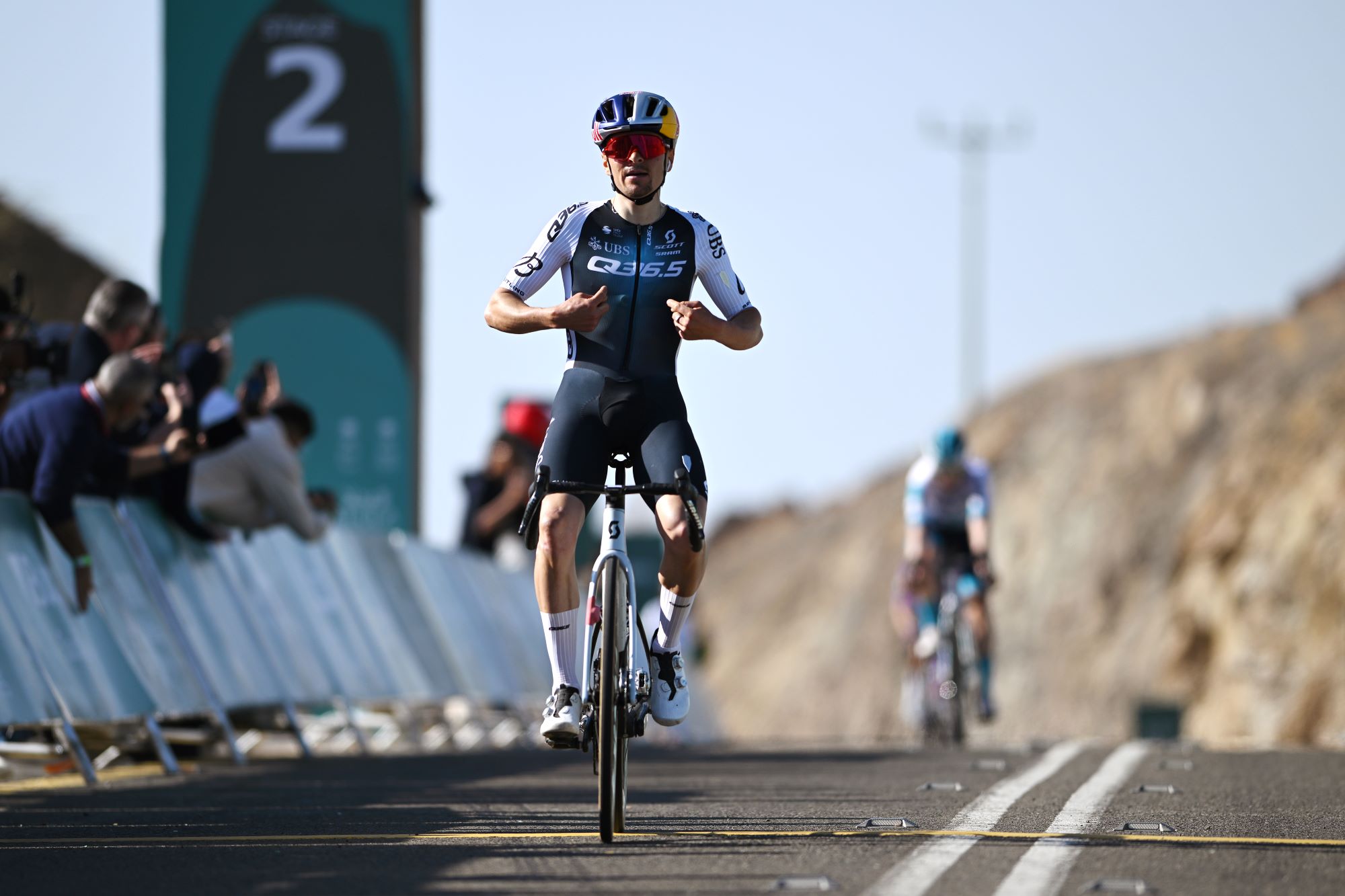 What does Q36.5 mean? We asked the people behind the Italian kit brand that sponsors Tom Pidcock's team
What does Q36.5 mean? We asked the people behind the Italian kit brand that sponsors Tom Pidcock's teamQ36.5's Luigi Bergamo and Lodovico Pignatti Morano take on Cycling Weekly's Q&A
By Tom Thewlis Published
-
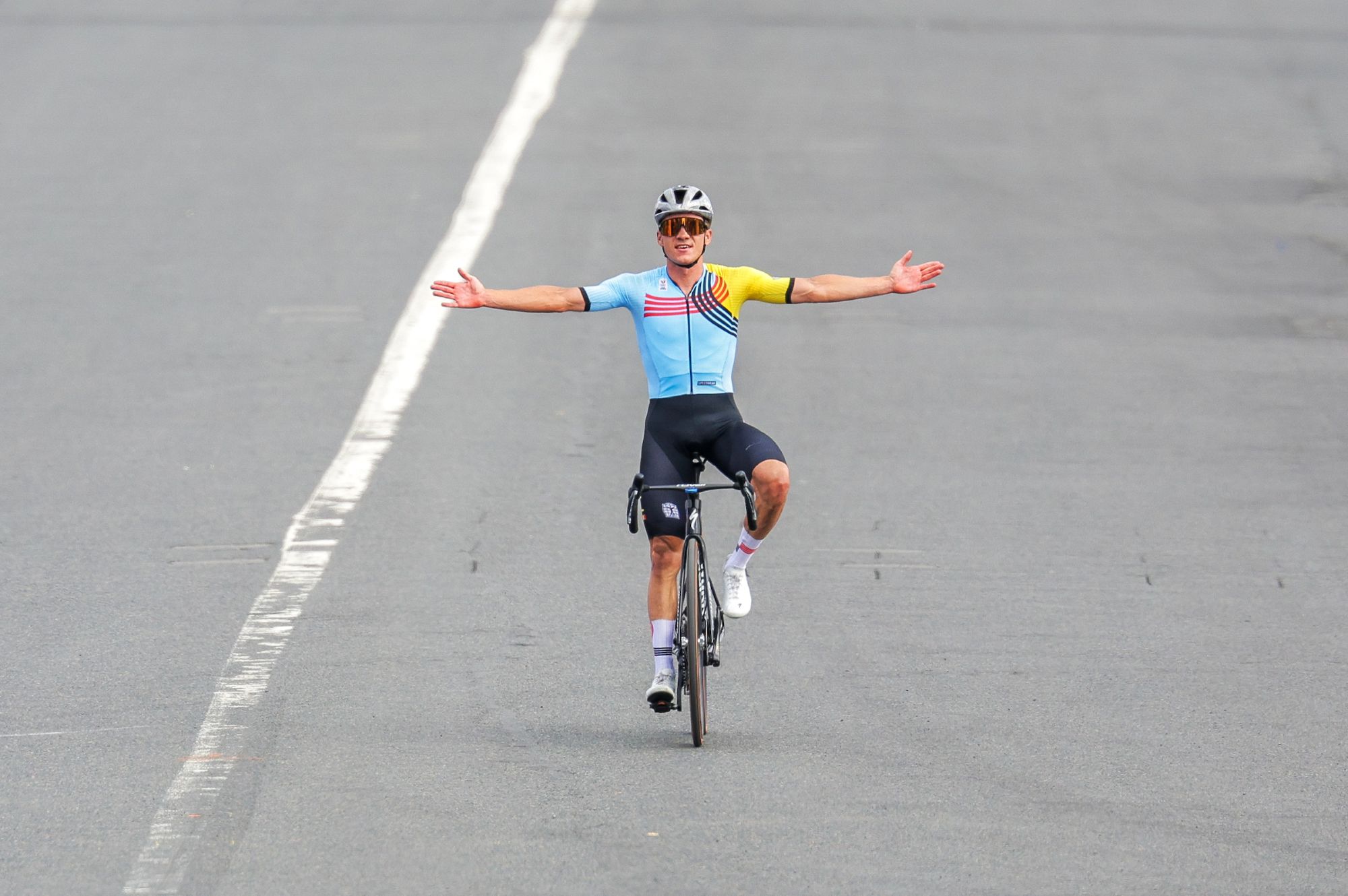 'If I were a tennis player then my career would be over': Remco Evenepoel contemplated early retirement after serious training accident
'If I were a tennis player then my career would be over': Remco Evenepoel contemplated early retirement after serious training accidentDouble Olympic champion was left with nerve damage and says his shoulder is not yet fully healed ahead of his return to racing at Brabantse Pijl
By Tom Thewlis Published
-
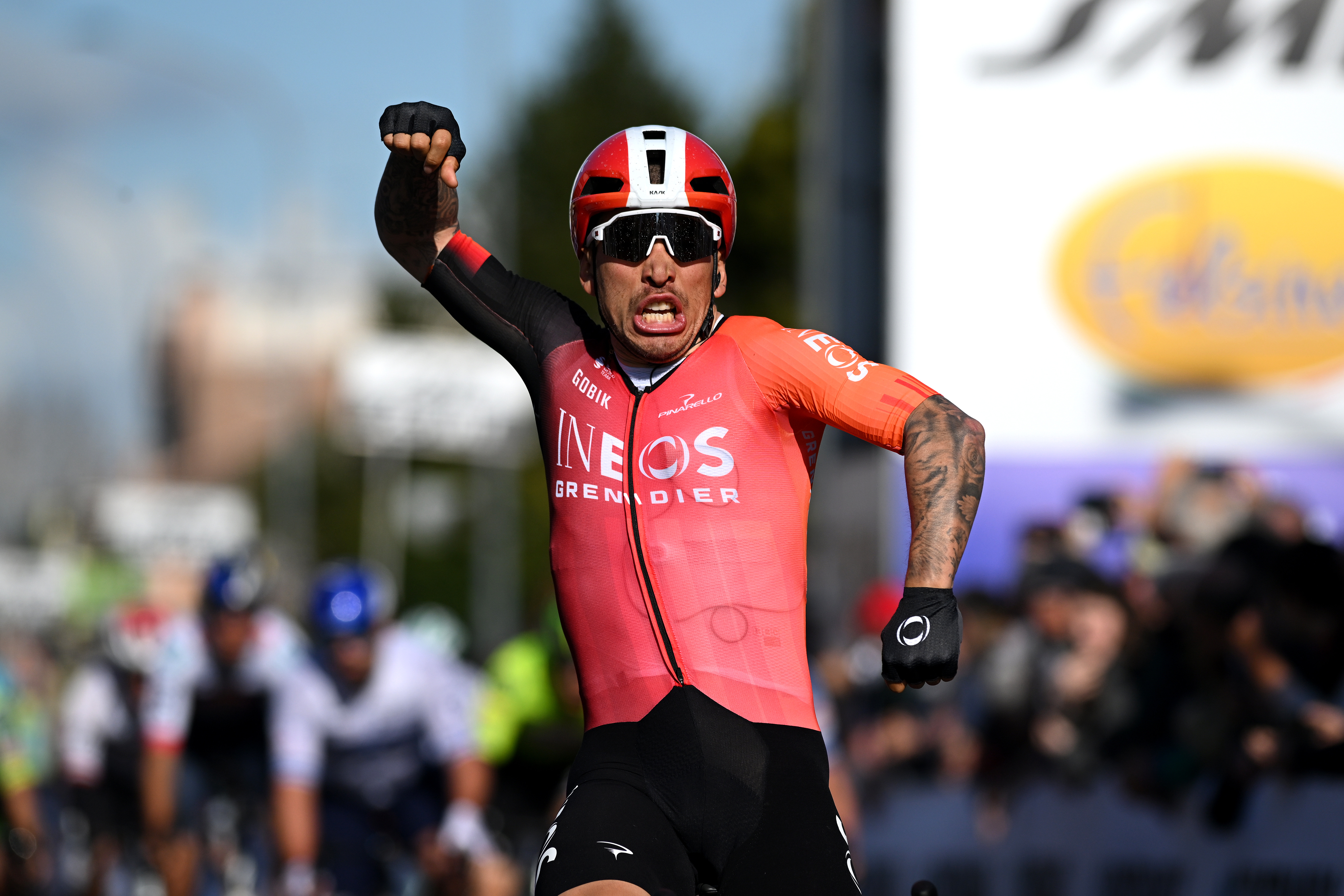 'It can really push me along' - How a velodrome comeback is making Caleb Ewan faster on the road
'It can really push me along' - How a velodrome comeback is making Caleb Ewan faster on the roadAustralian says he'll "definitely" continue track work after rekindling passion
By Tom Davidson Published